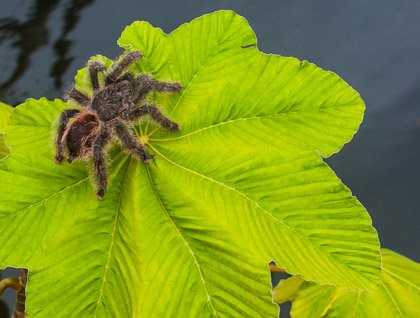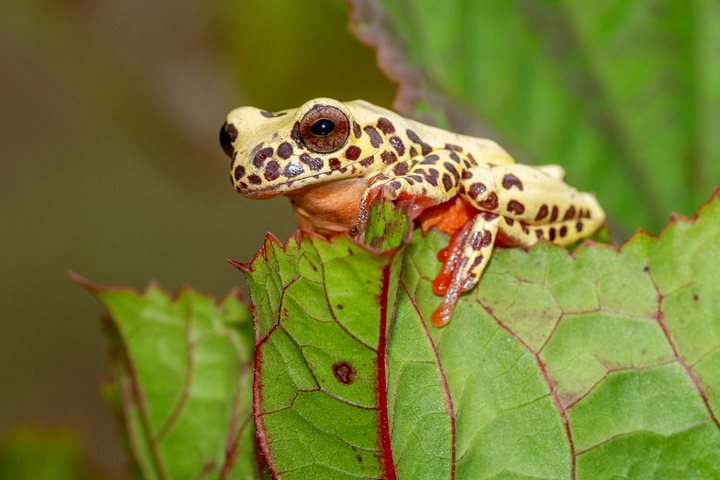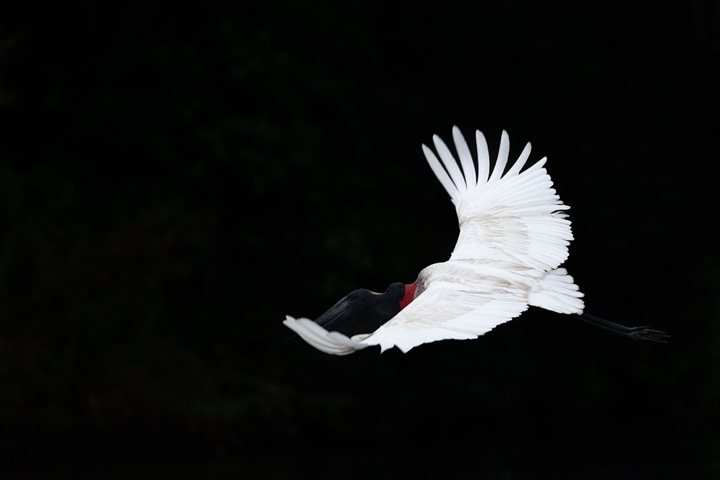Picture yourself drifting downstream in a kayak. There are no sounds from the mechanized world of cars, airplanes, or telephones. Surrounding you is a wetland system of rivers and lakes that wind for more than 4,000 miles, from the Andes to the Atlantic Ocean. You are alone but it’s not completely silent.
The flooded forest is alive. You hear birdcalls echoing through the canopy. First the familiar call of kiskadee flycatchers, then the cry of a black-collared hawk, followed by the rush of wings from a flock of greater anis. You know from your time in the Amazon that monkeys must be near, so you look for motion in trees. Bingo—you see squirrel monkeys leaping between the branches.
In the distance, the patter of a motorized dugout canoe breaks the spell. A fisherman and his wife head upstream, no doubt to catch their next meal. The people in the Amazon are at home in the jungle, a vast rain forest that provides food, shelter, and medicine. Each year, floods during the rainy season engulf their villages, but they are prepared. Houses are built on stilts. Dogs and chickens live on rooftops. Even small gardens are elevated above the rising waters. Everyone, from the children to grandparents, paddle dugout canoes to visit their neighbors.
It’s certainly humbling to witness such a different way of life, and it’s hard to believe that our week along the river is ending. Back on board the Delfin II we celebrate our experience with a slideshow of images, a Peruvian-style barbeque dinner, followed by music and dancing. And did I mention pisco sours? Saludos!







